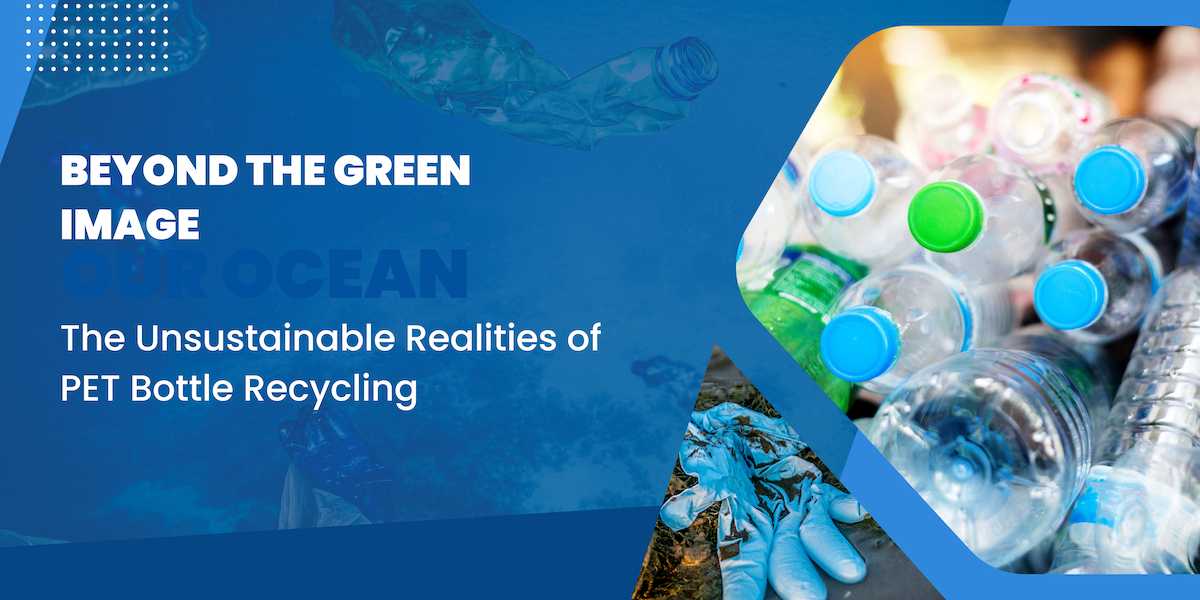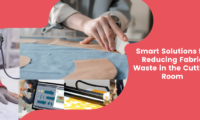The fashion industry has long been grappling with the environmental consequences of its practices, particularly concerning plastic waste. While recycling is often heralded as a solution to mitigate the impact of discarded materials, the process of recycling polyethylene terephthalate (PET) plastic, widely used in the fashion industry, is not without its sustainability challenges. In this article, we delve into the complexities surrounding recycled PET and highlight why it may not be the sustainable panacea it is often perceived to be.
Energy Intensive Process
Recycling PET involves a resource-intensive process that demands significant energy inputs. The mechanical recycling of PET requires extensive cleaning, sorting, and reprocessing, often requiring high temperatures. Such energy-intensive procedures can contribute to carbon emissions, ultimately offsetting the environmental benefits of recycling. While advancements in technology have improved energy efficiency, the overall impact remains a concern.
Downcycling and Loss of Quality
PET recycling is often limited to downcycling, wherein the recycled material is converted into lower-value products. This downgraded material is then typically used for applications such as polyester fibers for textiles. Unfortunately, the quality of recycled PET fibers is inferior to virgin PET, resulting in reduced durability and potential performance issues. This limitation perpetuates a cycle of short product lifecycles and increased demand for virgin plastics.
Contamination and Complexity
PET recycling faces challenges related to contamination and complexity. Plastic waste streams often contain mixed materials, such as dyes, additives, and other types of plastic, making it difficult to achieve pure and consistent recycled PET. Contaminated PET can lead to product inconsistencies, reducing its value and making it less desirable for manufacturers. Additionally, the separation of different types of plastic can be labor-intensive and costly, further hampering the efficiency of the recycling process.
Limited End-of-Life Management
Effective recycling relies on a well-established infrastructure and collection systems, along with consumer participation. Unfortunately, in many regions, these systems are lacking, resulting in limited PET collection rates. Insufficient collection hampers the availability of recycled PET feedstock, creating a supply-demand gap that often leads to reliance on virgin plastics. Moreover, low consumer awareness and engagement with recycling further exacerbate the issue.
Microplastics and Environmental Concerns
Even with successful recycling, the fashion industry inadvertently contributes to the release of microplastics. Washing synthetic garments made from recycled PET releases microfibers into water bodies, adding to the growing pollution crisis. These microplastics are challenging to capture, presenting a significant environmental hazard for marine ecosystems.
Conclusion
While recycling PET in the fashion industry appears to be a viable solution to tackle plastic waste, it is important to acknowledge the limitations and challenges associated with this process. The energy-intensive nature of recycling, downcycling, contamination issues, inadequate infrastructure, and the persistence of microplastic pollution all underscore the unsustainability of relying solely on recycled PET. Addressing these challenges necessitates a comprehensive approach that incorporates reduction strategies, responsible production practices, and innovative material alternatives to genuinely mitigate the environmental impact of plastic waste in the fashion industry.







